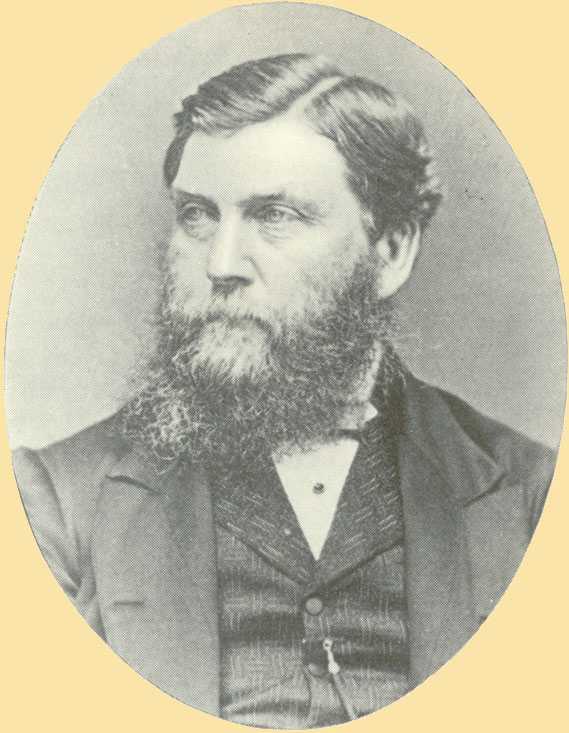Researched by Heritage Advisory Group
About a year after the death of his famous father, the nurseryman James Veitch in 1863, Robert Toswill Veitch, now aged 40, started his own, new nursery on New North Road in St David’s. Initially, the nursery was known by his own name but about fifteen years later he was joined by his able son, Peter Veitch, and the business was renamed Robert Veitch & Son.
Robert was born at Broadclyst in 1823 and became a farmer, moving to South Africa and farming near Cape Town. There he married Sarah de wet Massena who was born in Somerset East, Eastern Cape in 1829, only four years after the founding of the town. By 1856, Robert had returned to Exeter with his family of four children to support his father and brother, James, in the increasingly busy James Veitch & Son nursery on Topsham Road.
James junior moved to Chelsea. Robert and Sarah went on to have a further eight children born in St David’s. The family lived at 11, Elm Grove Road, St David’s and a Blue Plaque can be seen on the house. The house is opposite Bury Meadow where both Robert and, later, Peter Veitch lived. It had direct access to the nursery through a gate in the back garden.
The nursery of Robert Veitch & Son won a number of important landscape contracts during the latter part of the nineteenth century. These included the lavish landscaping of Streatham Hall in 1866, now known as Reed Hall and part of the celebrated grounds at the University of Exeter. In 1866, the firm was also awarded the contract to landscape the new Higher Cemetery in Exeter. Later, with the 30-year help of a talented German-born garden designer, Frederick W. Meyer, Robert Veitch & Son became famous for their numerous rock and water gardens, many including cave-like grottoes.
These gardens became increasingly popular during the latter part of the Victorian period, some of which are now being re-discovered and restored. Robert Veitch is buried in the original St Leonard’s section of the Higher Cemetery.
